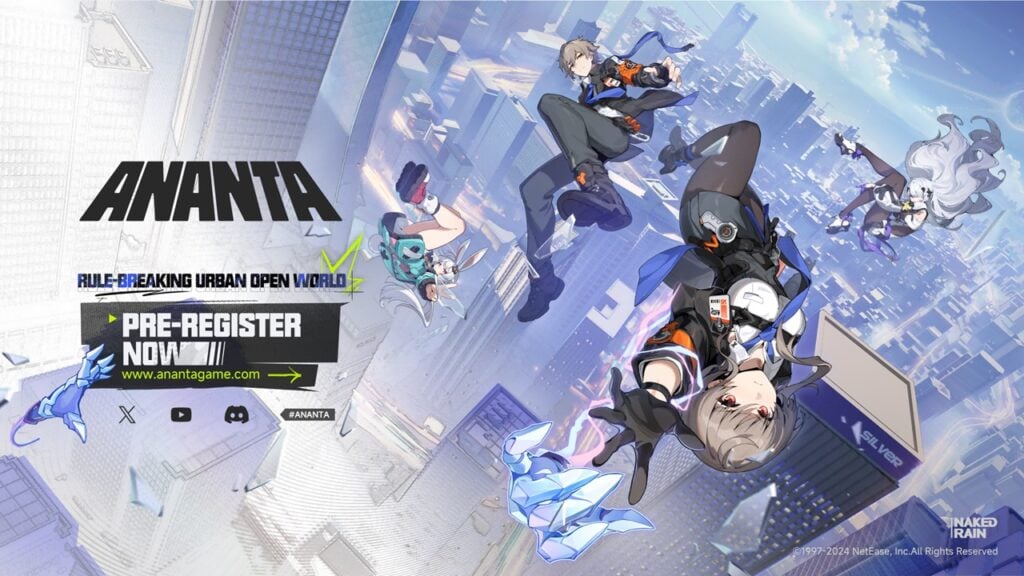Doom Enters Its Halo Era with The Dark Ages
During a recent hands-on demo of *Doom: The Dark Ages*, I found myself unexpectedly reminiscing about *Halo 3*. As I mounted a cyborg dragon and unleashed a barrage of machinegun fire on a demonic battle barge, the experience echoed Master Chief's assault on the Covenant's scarab tanks. After taking down the vessel's defensive turrets, I landed my dragon on the ship and stormed its lower decks, reducing the crew to a bloody mess. The sequence culminated in me bursting through the hull and resuming my aerial assault on the machines of Hell.
While *Doom: The Dark Ages* retains the series' signature combat, its campaign design hints at a "late-2000s shooter" flair with elaborate cutscenes and novel gameplay elements. Over two and a half hours, I played four levels, the first reminiscent of *Doom (2016)*, while the others introduced me to piloting a colossal mech, flying a dragon, and navigating expansive battlefields with secrets and minibosses. This shift away from Doom's traditional focus on mechanical purity aligns it more with games like *Halo*, *Call of Duty*, and even classic James Bond titles like *Nightfire*, known for their scripted setpieces and unique mechanics.
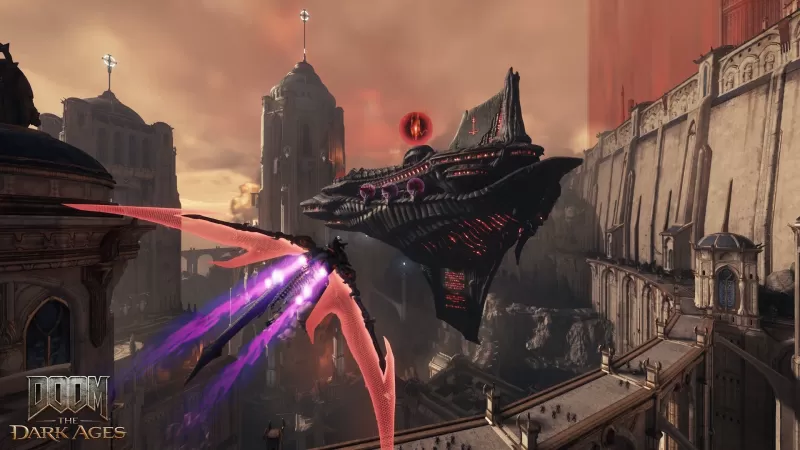
This direction is intriguing, especially given *Doom*'s past. The cancelled *Doom 4* was set to mirror *Call of Duty* with its modern military aesthetic and emphasis on characters and cinematic storytelling, which id Software ultimately rejected. Yet, *The Dark Ages* in 2025 revisits these elements, blending them with the refined mechanics of recent *Doom* titles.
The campaign's brisk pace is interspersed with new gameplay ideas, such as a lengthy cutscene introducing the realm of Argent D'Nur, the Maykrs, and the Night Sentinels. The Doom Slayer is portrayed as a legendary threat, and the cinematic approach to storytelling feels distinctly *Halo*-like. Even the presence of NPC Night Sentinels adds to the sense of being part of a larger force, though they don't actively fight alongside you.
While I appreciate the minimalistic storytelling of previous *Doom* games, *The Dark Ages* introduces more character work and lore through its cutscenes. These sequences set the stage for missions but don't interrupt the game's intense flow. However, other gameplay segments do introduce interruptions. After a mission filled with shotgun combat and parrying Hell Knights with a new shield, I found myself in the cockpit of an Atlan mech, battling demonic kaiju, and later soaring on a cybernetic dragon, taking down battle barges. These scripted levels shift gears, reminiscent of *Call of Duty*'s novel gameplay moments like the AC-130 gunship sequence.
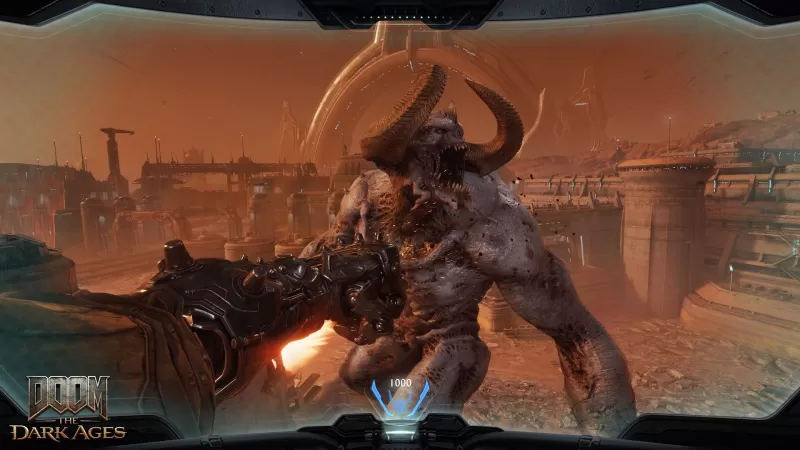
Many acclaimed FPS campaigns thrive on such variety, with *Half-Life 2* and *Titanfall 2* setting the benchmark. *Halo*'s enduring appeal is partly due to its mix of vehicular and on-foot sequences. Yet, I'm uncertain about this approach for *Doom*. The core combat of *The Dark Ages* demands intense focus, weaving together shots, shield tosses, parries, and melee combos. In contrast, the mech and dragon sequences feel less engaging, almost like QTEs.
In *Call of Duty*, switching to a tank or gunship aligns well with the game's mechanics, but *The Dark Ages* shows a significant gap between gameplay styles. While the core combat remains the star, the mech and dragon segments left me longing for the ground-based action.
The "Siege" level, however, shifts back to *Doom*'s renowned gunplay in a vast, open battlefield. The mission to destroy five Gore Portals echoes *Call of Duty*'s multi-objective missions but also evokes *Halo*'s contrast between tight interiors and expansive exteriors. This level challenges players to rethink weapon ranges and use the charge attack and shield in new ways.
The downside of such expansive spaces is the risk of losing focus, with backtracking and empty pathways potentially disrupting the pace. Incorporating the dragon as a flyable unit, similar to *Halo*'s Banshee, could enhance the gameplay and maintain momentum.
The return of ideas from the cancelled *Doom 4*, such as scripted setpieces and vehicle sections, raises questions about their fit within the *Doom* series. While some fans once criticized the "Call of Doom" concept, id Software's integration of these elements into the modern *Doom* formula is intriguing. The heart of *The Dark Ages* remains its visceral, on-foot combat, but the addition of new gameplay segments adds complexity to the overall experience. I'm eager to see how these elements come together when *Doom: The Dark Ages* launches on May 15th, and whether it will be a cohesive late-2000s FPS campaign or a fragmented one.
-
Microsoft to Integrate Copilot AI into Xbox App and Games
May 25,2025 -
"Batman: The Killing Joke Deluxe Edition Featured in Amazon's BOGO 50% Off Sale"
May 21,2025 -
Gran Saga Shuts Down Next Month
May 19,2025 -
Astra Yao Joins Zenless Zone Zero Ahead of 1.4 "TV Mode" Update
May 15,2025 -
Apple Unveils iPhone 16e: The New Budget-Friendly Model
May 13,2025 -
"Aarik and the Ruined Kingdom Launches on Android and iOS"
May 16,2025 -
9th Dawn Remake: Massive Open World RPG Hits Android, iOS in May
May 13,2025 -
'Devil's Purge' Launches Free-to-Play with New OST
Sep 25,2025 -
Eterspire Introduces Sorcerer as New Class
May 06,2025 -
Wuthering Waves 2.3 Update Released with Anniversary Celebrations
May 06,2025
-
1
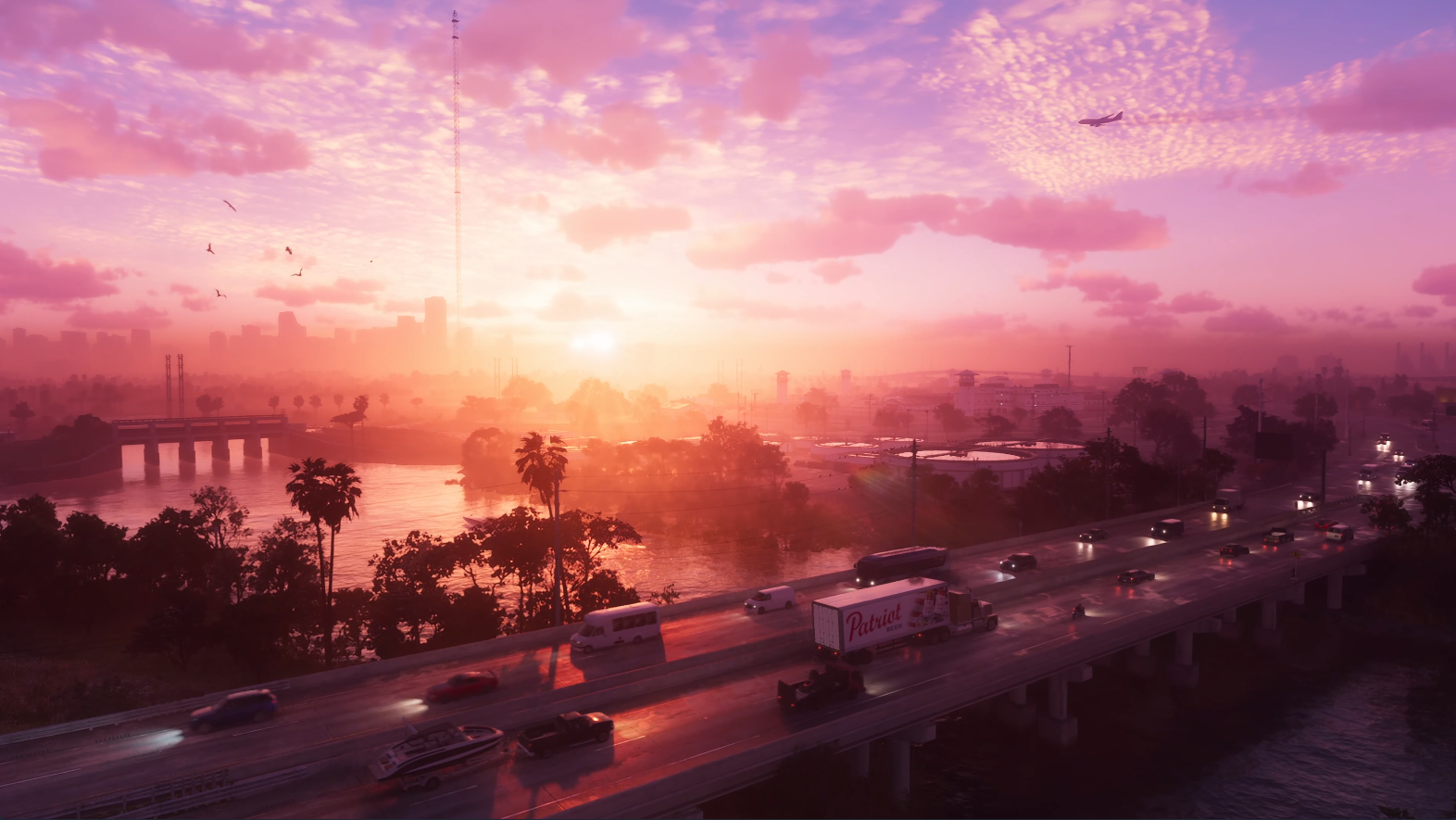
GTA 6 Set for Fall 2025 Release, CEO Confirms
Apr 03,2025
-
2

First ALGS in Asia Emerges in Japan
Jan 19,2025
-
3
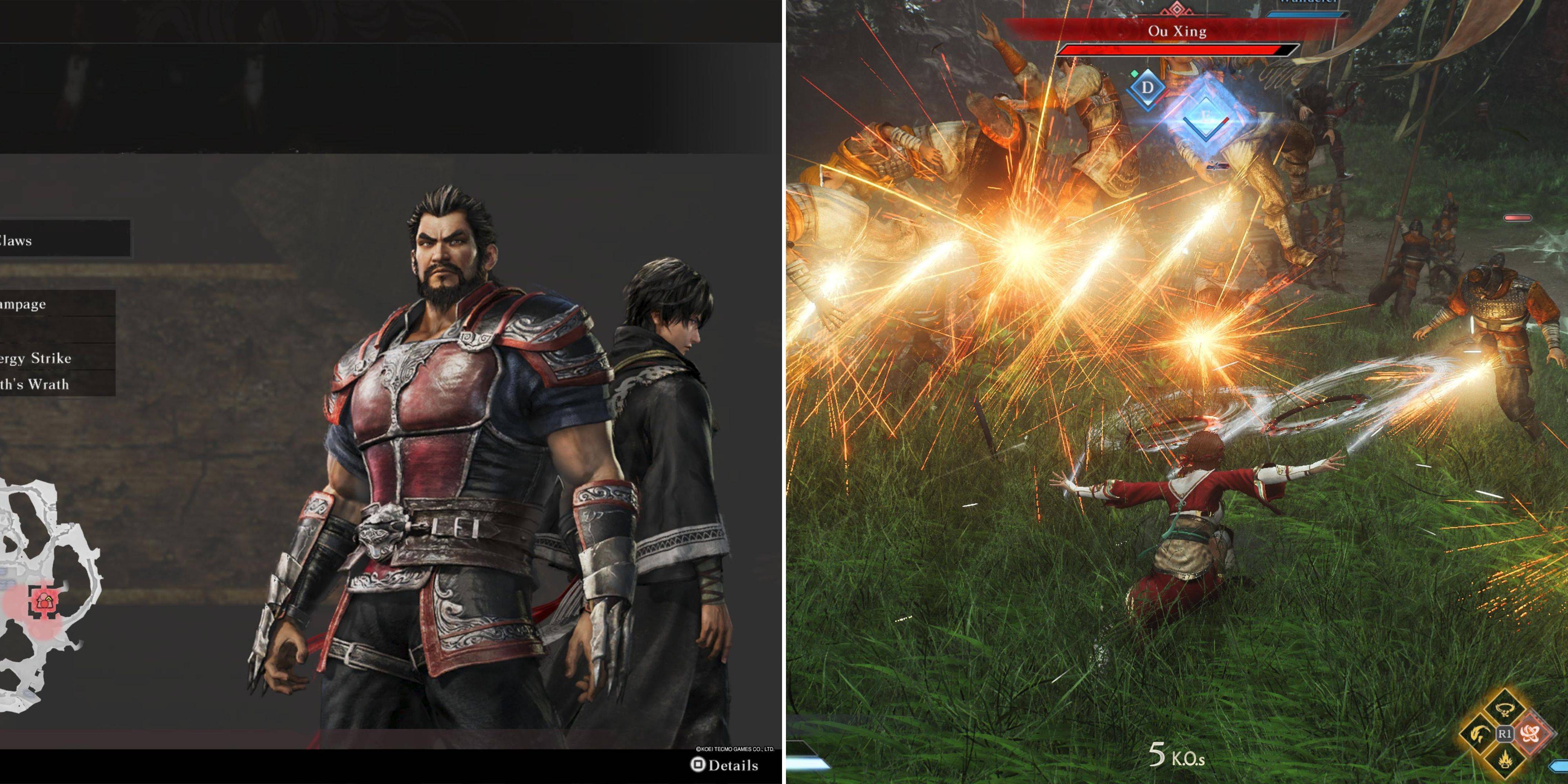
Introducing the Ultimate Guide to Seamless Character Swapping in Dynasty Warriors: Origins
Feb 25,2025
-
4
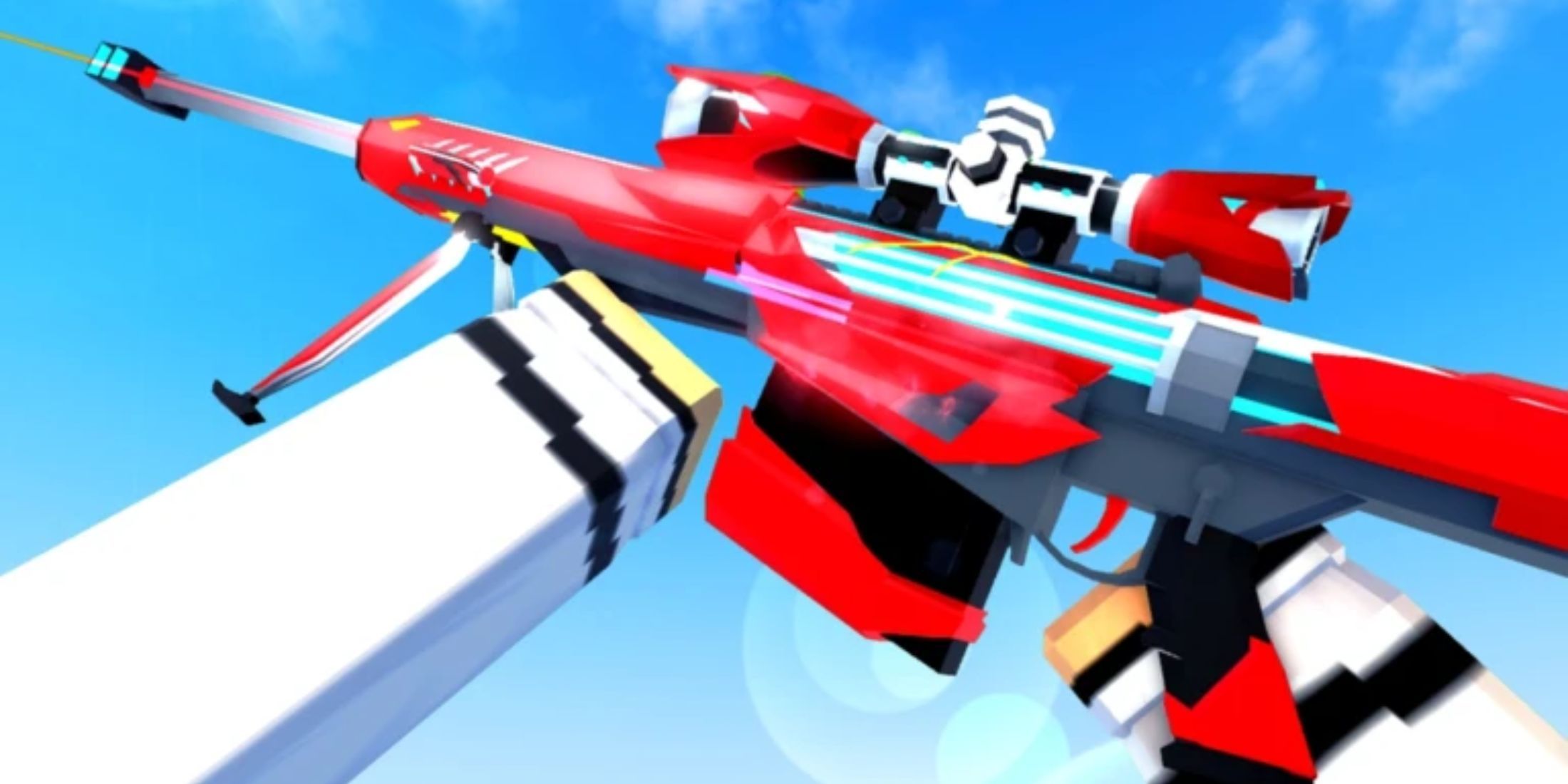
Roblox: CrossBlox Codes (January 2025)
Mar 04,2025
-
5
![Roblox Forsaken Characters Tier List [UPDATED] (2025)](https://img.jdzca.com/uploads/18/17380116246797f3e8a8a39.jpg)
Roblox Forsaken Characters Tier List [UPDATED] (2025)
Mar 05,2025
-
6
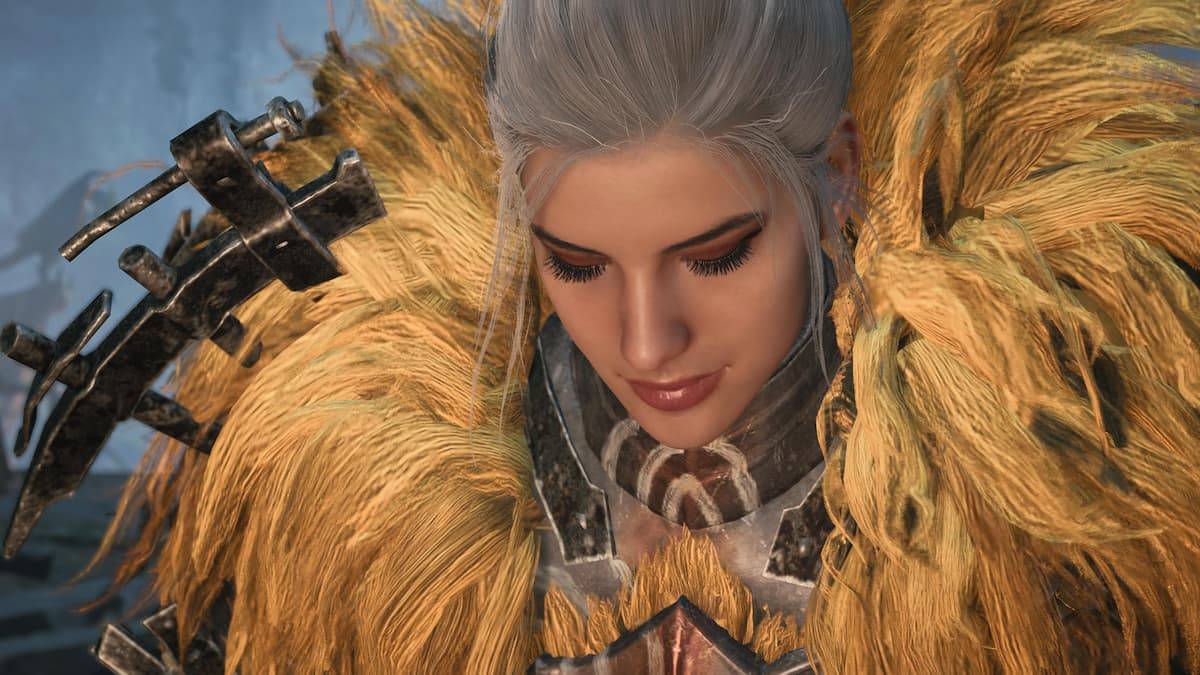
Max Hunter Rank in Monster Hunter Wilds: Tips to Increase
Apr 04,2025
-
7

Cute mobs in Minecraft: pink pigs and why they are needed
Mar 06,2025
-
8
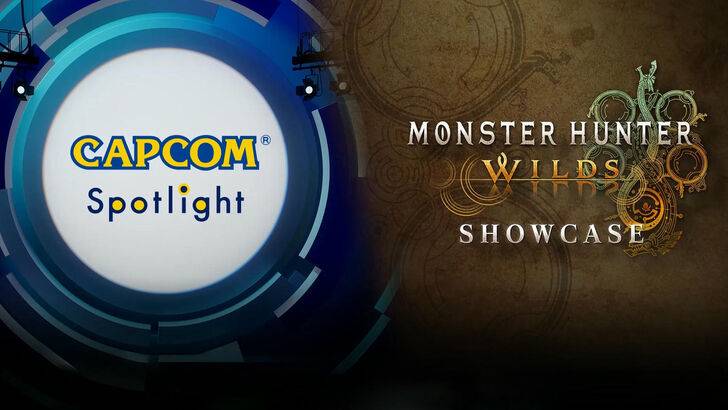
Capcom Spotlight Feb 2025 Showcases Monster Hunter Wilds, Onimusha and More
Apr 01,2025
-
9
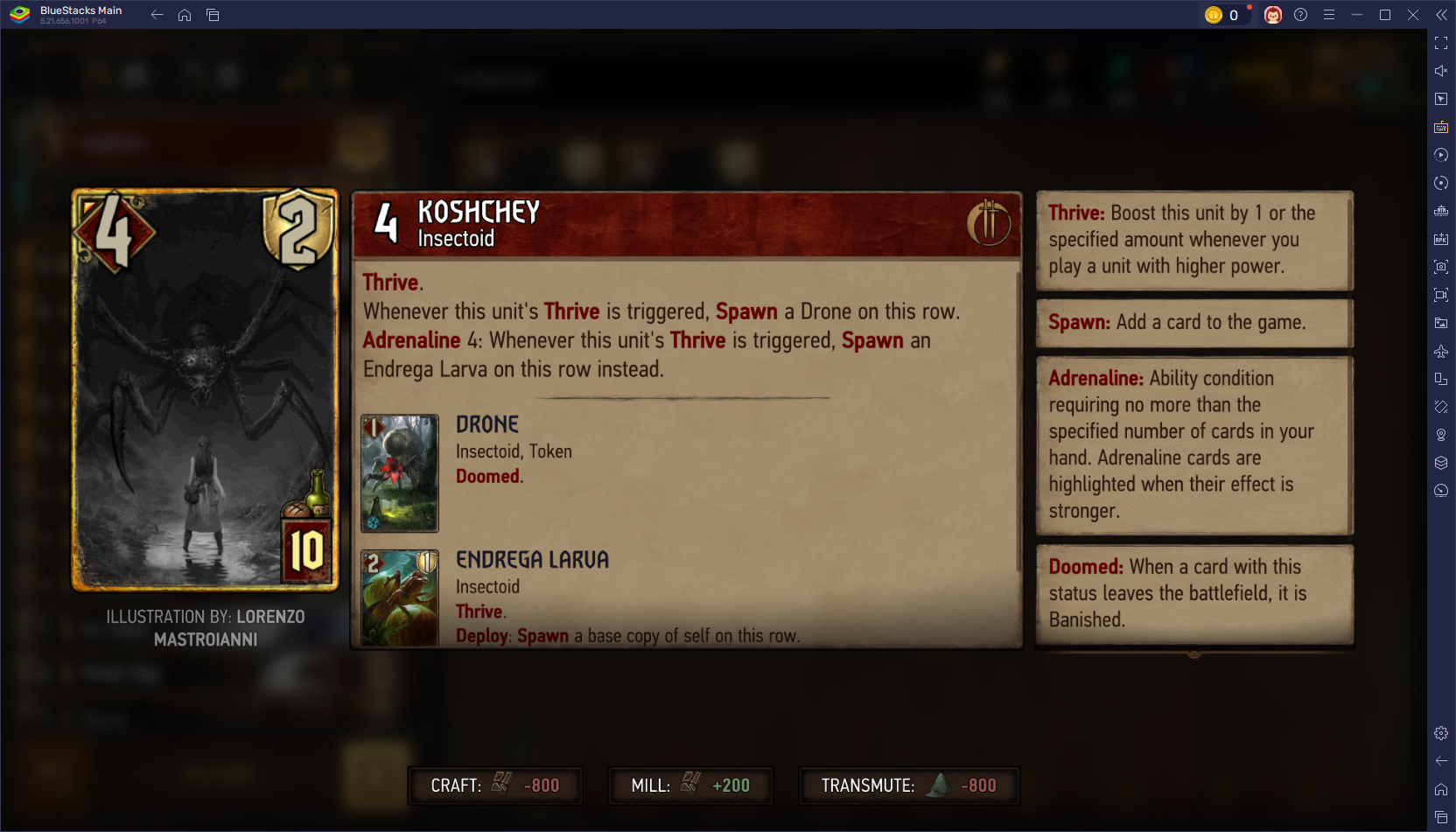
Gwent: Top 5 Witcher Decks (2025 Update)
Mar 13,2025
-
10
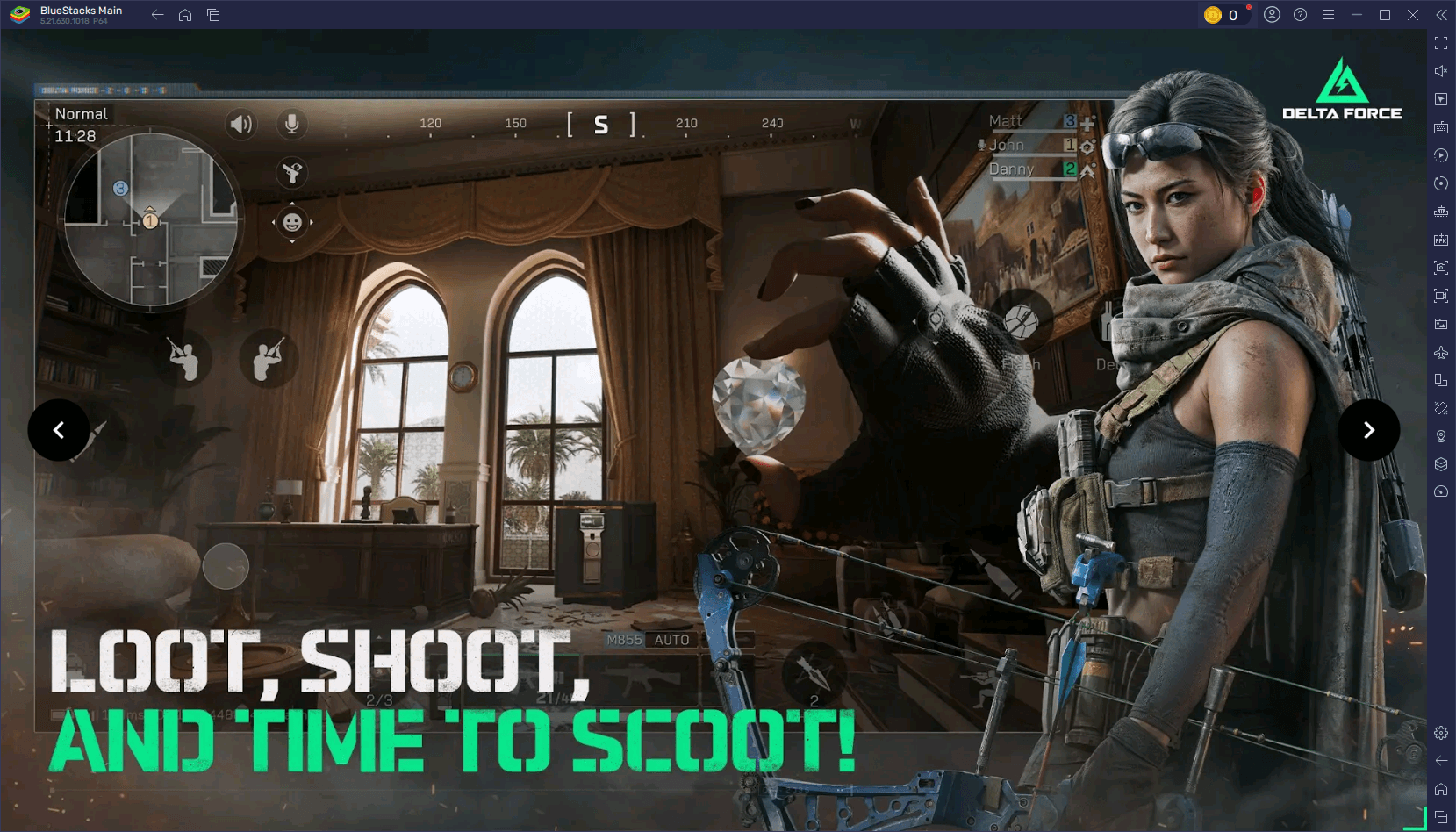
Delta Force Mobile: Beginner's Guide to Getting Started
Apr 23,2025
-
Download

Portrait Sketch
Photography / 37.12M
Update: Dec 17,2024
-
Download

Friendship with Benefits
Casual / 150.32M
Update: Dec 13,2024
-
Download
![[NSFW 18+] Sissy Trainer](https://img.jdzca.com/uploads/16/1719638919667f9b874d57e.png)
[NSFW 18+] Sissy Trainer
Casual / 36.00M
Update: Dec 11,2024
-
4
F.I.L.F. 2
-
5
슬롯 마카오 카지노 - 정말 재미나는 리얼 슬롯머신
-
6
Pocket Touch Simulation! for
-
7
Shuffles by Pinterest
-
8
Life with a College Girl
-
9
Chubby Story [v1.4.2] (Localizations)
-
10
Hunter Akuna

